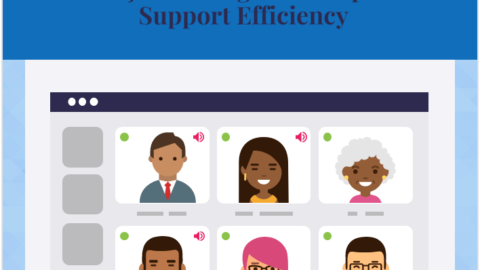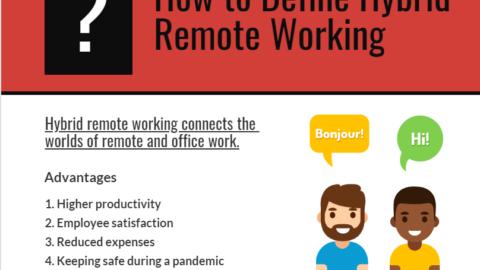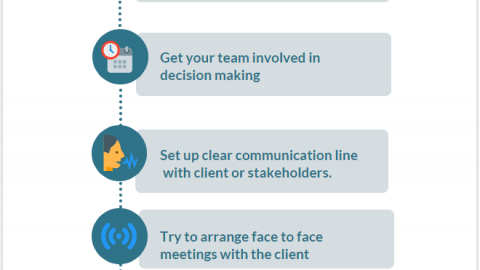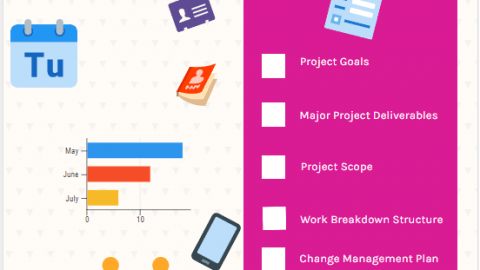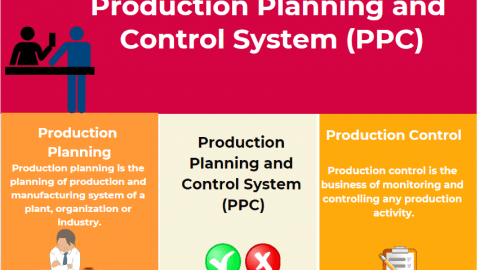What is Project Planning?
Introduction to Project Planning
These Kipling questions must always be in our mind in any project at any moment. The answers to these questions constitute the foundation of the project planning.
Table of Contents
I keep six honest serving-men
(They taught me all I knew);
Their names are What and Why and When
And How and Where and Who.
Rudyard Kipling (1865-1936),
from «The Elephant’s Child»
1. Why (Project Success Criteria)
First of all, it is necessary to decide if the project are necessary. It means that we should decide what main results are necessary and why we need them. There could be many reasons for starting a project: the expected profit, entering new markets, etc.
Project Charter must state what must be achieved and why. Why determines project success criteria. During project planning and execution, any decision must be justified by their impact on project success.
2. What (Work Breakdown Structure)
While Project Charter determines the main results, we need to know how it can work on day-by-day basis. So, we need to describe our project in more details than just formulating the main results. These main results consist of many smaller intermediate results during project execution. This usually follows a hiearachy. First, the project result consists of several main deliverables. Each of these deliverables consists of smaller sub-deliverables, etc. By describing future results in increasingly more detail we create a deliverable Work Breakdown Structure that defines what we need to achieve during the project lifecycle. The lowest WBS level results are work packages.
3. How (Activity Network)
The next step is determining how these results can become reality.
We need to determine activities required for achieving project results at the lowest WBS level (work packages) and logical constraints on the order of their execution (activity dependencies). As a result, we create the Network Diagram of our project.
4. Where
(Time-Location, BIM) in Project Planning
Project activities can relate to the locations where they must work. Linking activities to their locations enables showing project schedule in the Time-Location charts or in the 2D (usually maps) or 3D presentations (BIM).
5. Who (Resource Assignments, Stakeholder Management)
Project activities work depending on the resources. It is necessary to determine what resources are required and available, and assign them to project activities execution.
Project resources can be divided into two main groups: renewable and consumable. Renewable resources can be used again after they finished their work on the preceding activities. Consumable resources are spent on the activities where they are used. Renewable resources include people and machines, consumable resources include materials and the installed equipment.
Renewable resource properties include its calendar (work hours) and work hour cost. For consumable resources we define the unit cost.
When we assign both renewable and consumable resources to project activities, we determine who is to do what and what materials we need for performing project activities. Activity duration usually depends on the productivity of the resources. And after the resources are present, one can set activity duration.
Activity properties include activity calendars (working time when they can be done). And activity duration that can be entered directly or calculated based on activity volume of work and assigned resource productivity, and activity cost that can be entered directly or calculated based on costs of assigned resources.
Some activities can belong to external organizations. In this case it is necessary to determine how these organizations will do the work during project planning, who will be responsible for this selection. And what contracts will be used, when they must be signed and executed, and how these contracts will be managed.
Besides, it is necessary to understand who project stakeholders are, what their roles and needs are, what information they require and how frequently, and what their role in the project success is.
6. When (Project Scheduling and Budgeting)
Now we know what activities must be done, in what order they can be done, who will do what and what materials are required on each activity, activity duration, and calendars of project activities and resources.
We must also take into account project constraints such as financing and material supply limitations and project renewable resource availability.
Using the above information, it is possible to calculate project schedule and budget. And to learn when each activity must be in operation, when any resource is required and how it will be used, and when and what money is required for project financing.
If project stakeholders are ok with the project schedule and budget, these can be the project baseline.
Now it is necessary to determine future communications. Who will have the authority to be responsible for project information updating? And at what intervals we will update them, who will get what reports, how changes will work, and how we store project archives.
7. Risks and Uncertainties (Creating Contingency Reserves) in Project Planning
Projects are unique and therefore our estimates of activity duration and cost, resource productivity, material costs, and other project parameters cannot be accurate but we can estimate their ranges (optimistic, expected, and pessimistic values).
Besides, there are potential events that may happen with certain probabilities and change the way or cost of project execution.
Taking this into account, it is possible to determine what contingency reserves must be necessary to project cost and duration for setting the targets that have sufficient probabilities.

Conclusions: What is Project Planning in Reality
We have described the core processes of project planning that are present in most projects. We did not try to describe all planning processes in different projects.
The results of the above processes are in a document of Project Management Plan.
You should remember that project planning must start from the very beginning to the project finish. We always replan the remaining work with project data updates because changes are inevitable and initial plan can become obsolete very soon. The current version of the project candiffer with the project baseline for project performance analysis and corrective actions development.
Please remember the 5P rule: Proper Planning Prevents Poor Performance!

PMP, GPSF, GCMF, Founder of Moscow, Russia PMI® Chapter
General Manager of Spider Project Team – the leading Russian project management consulting company with branches an partners in Russia, Brazil, Colombia, Kazakhstan, Romania, and Ukraine.
Spider Project Team developed Spider Project, most powerful professional Project Management software package that is now used in 36 countries.
An author of 4 books and more than 150 papers on Project Management.
Speaker at many PMI® and IPMA Congresses and Conferences since 1994.
Involved in management of many large scale projects including the development of Russian Pacific Area, preparation for 2014 Winter Olympic Games, construction of all stadiums for 2018 FIFA World Cup, etc.
Has an experience of managing projects in many application areas including aerospace, construction, mining, manufacturing, oil&gas, shipbuilding, software development, telecommunications.


